Set-Up, The (1949)
“Don’t you see, Bill? You’ll always be just one punch away.”
|
Synopsis: |
|
Genres, Themes, Actors, and Directors:
Response to Peary’s Review: Just three minutes into the movie, we’ve already internalized the seedy, hope-for-the-stars, dog-eats-dog landscape in which Stoker lives and survives (Paradise City Wrestling and Boxing Arena sits right next to Dreamland bar and a Chop Suey joint); watched a young newspaper hustler mercilessly crowd out an older one (“Hey — I gotta make a buck too…”;”Ah, go take a walk!”); witnessed the hypocrisy of boxing fans who feign horror but not-so-secretly love the vicarious thrill of violence; and learned that nobody but Stoker himself seems to believe in his ability to win another fight. Indeed, when Tobias and Helton “promise a local racketeer that [Stoker will] lose, they simply take the payoff money without bothering to tell Stoker he’s expected to take a dive”, since they “figure he’ll get knocked out anyway” (!). As Peary notes, Wise seems to show “sympathetic feelings towards fighters, who he realizes are victimized because they haven’t other options in life” — and Wise appropriately shows “fight fans” as “each more monstrous than the other”. Ryan (a real-life heavyweight champion in college) is perfectly cast as the rangy boxer who refuses to go down without a legitimate fight, and the supporting cast is excellent as well. Equally of note are the fine b&w cinematography (by Milton Krasner), the highly atmospheric sets, and (as mentioned above) the seamless use of real-time narrative timing, several years before this was showcased as a distinctive feature of High Noon (1952). While it’s frustrating that much of the intent of March’s poem was lost by making significant changes — including shifting Stoker’s race from black to white — the film stands on its own as a minor classic. Redeeming Qualities and Moments:
Must See? Categories
Links: |

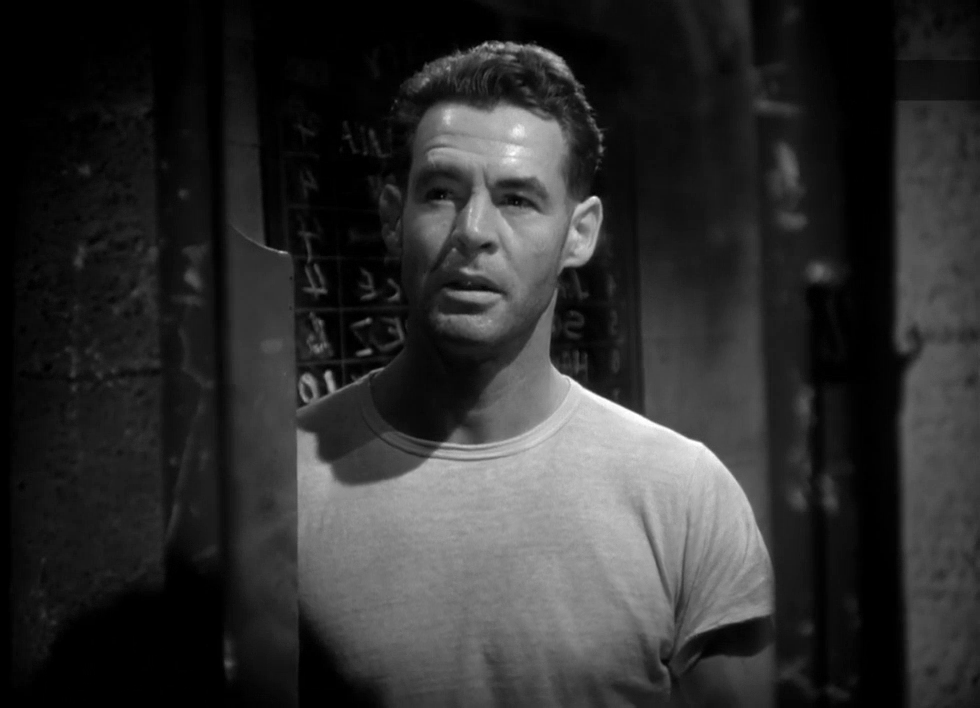

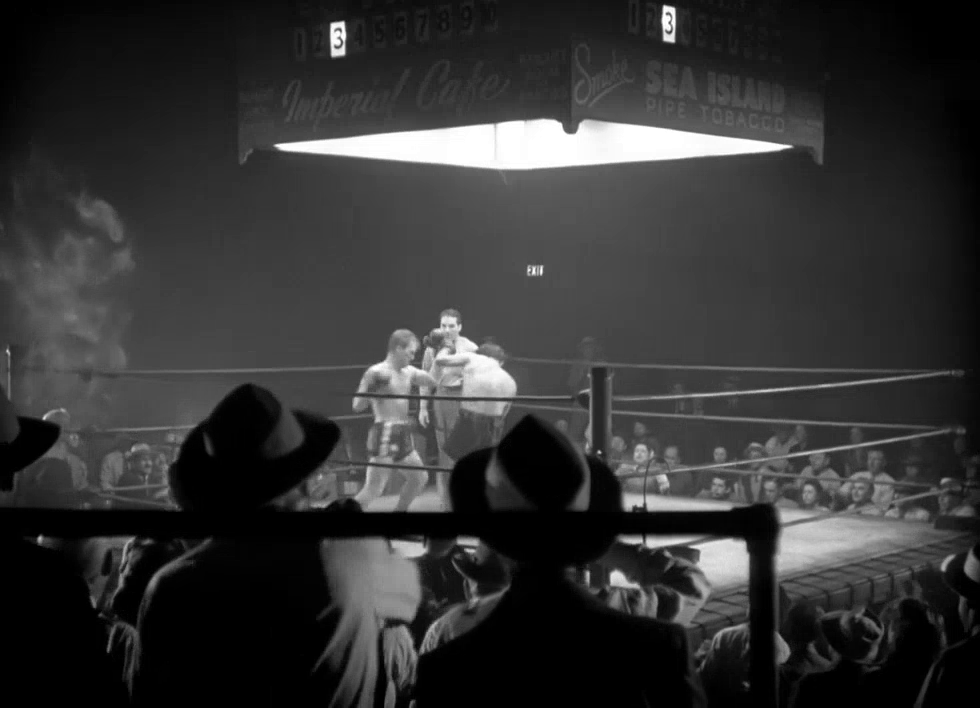
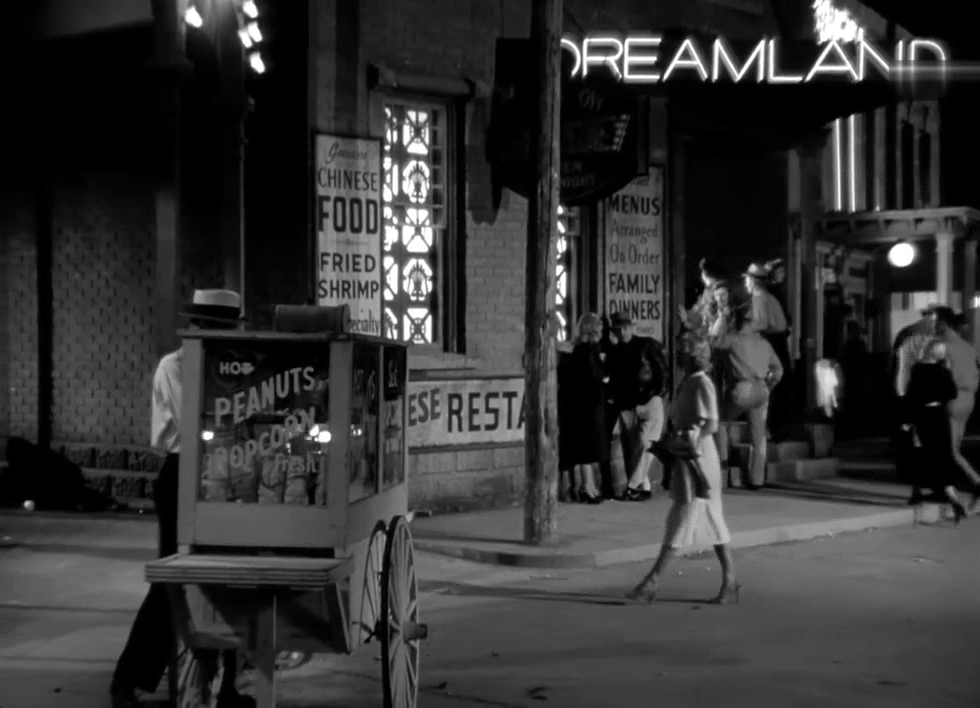
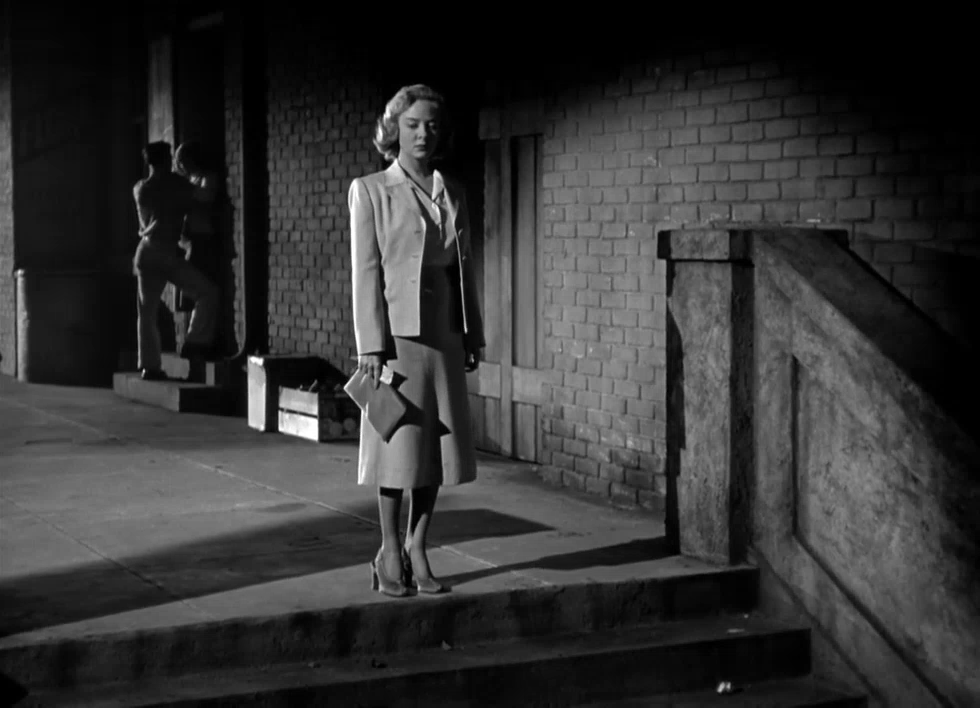
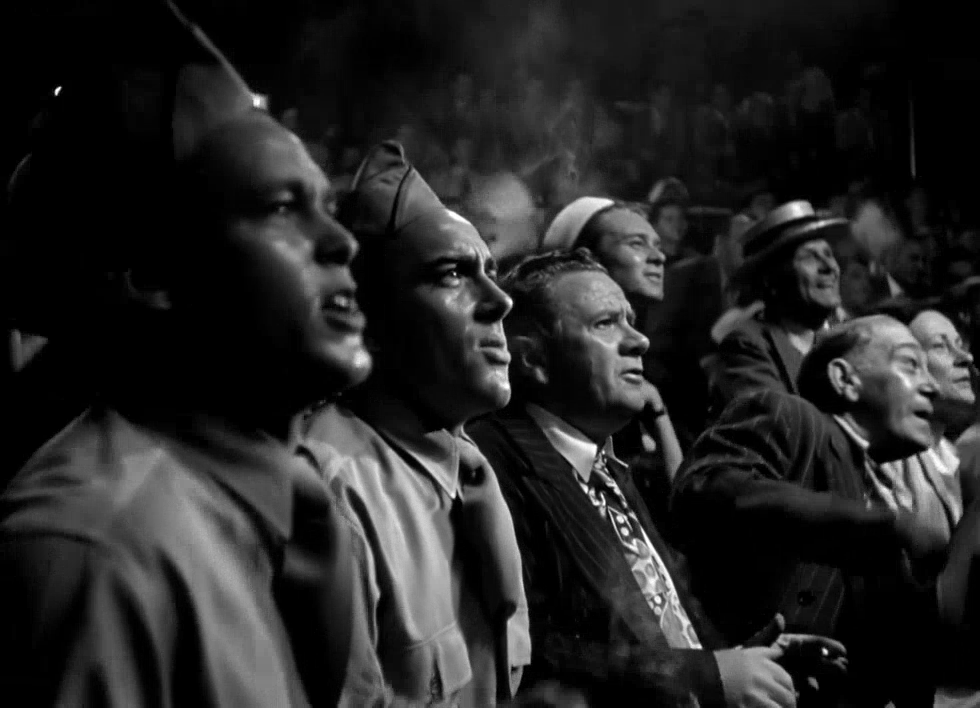
3 thoughts on “Set-Up, The (1949)”
I fortunately was able to DVR this on TCM last year, as I had a hard time finding it. Your spot on about Ryan being the absolutely right fit. A fascinating, brief (yet never feeling rushed or short) character study. You’re also right about the atmosphere. I loved how the style tried to capture the bleak, meat grinder environment–there’s a constant sense that Ryan’s world is caving in on him. It’s impressive how good Robert Wise is as a filmmaker whether it’s in the bigger A-list productions or smaller, more intimate B pictures like this one. Peary was right to call this a “gem”. It certainly is that.
Yes, great point about the world caving in on Ryan — the leers of the audience members are menacing and claustrophobic.
I don’t feel like Wise really has a “stamp” to his style, but so much of his work is spot-on.
A tentative once-must, for its place in cinema history.
I’m not quite as enthusiastic about this film – overall – but I’ll concede that it has a certain strength and is put-together rather efficiently. Also, director Wise is very sharp in creating the atmosphere for the piece.
I do have a few quibbles. The script is slight and, with its often-leisurely pacing, the film feels a little stretched. (I’d’ve liked more of a punch in tone throughout.)
The film also spends a little time focused on Totter’s character as she walks around town by herself. There’s the clear suggestion that she is thinking of taking her own life as she stands on an overpass, watching trains passing beneath her. Personally, I don’t really buy that her character is at all despondent. Unhappy with her situation, yes – but Totter doesn’t suggest at all that she is giving up hope in *herself*.
It’s especially nice seeing two actors mainly known for playing ‘heavies’ (Ryan and Totter) get a chance at playing nicer people.
The film is a little short on insight; I don’t feel it tells us anything about the boxing world that we didn’t already know. But it’s certainly an admirable work.